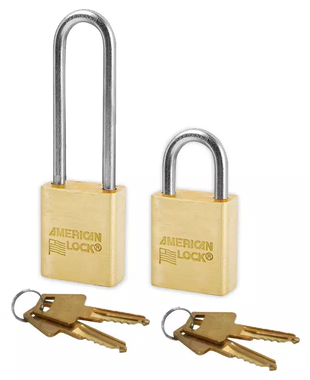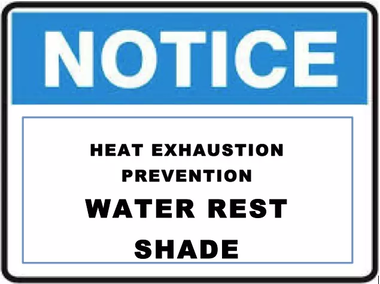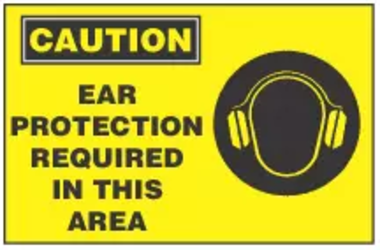
Keep OSHA Happy and Your Employees Safe with Professional Padlocks
It might seem like a simple tool, but the trusty padlock has worked to keep persons in or out since the 19th century. Technology and metallurgy has come a long way since then, but the simple premise hasn’t changed. That’s why when OSHA requires padlocks to keep machinery from being engaged or activated during routine maintenance and repair they have little tolerance for those who don’t comply. There is simply no excuse to put your employees at risk in the mind of OSHA and certainly not when padlocks come in all varieties for prices that hardly put a dent in the corporate budget. So if you have been tasked with securing your organization’s safety equipment, then let’s not be distracted by YouTube or Twitter and get this job done right shall we. Here’s how to keep OSHA happy and your employees safe with simple, professional, and affordable padlocks.

Heat Related Worker Illness
Since 2008 there have been 107 Heat-Related Deaths in the
continental United States. Each year there are thousands of heat-related
illnesses. That is why OSHA has developed a Nationwide Heat Illness Campaign
designed to raise awareness to both employers and employees about the dangers
of working in heat and hot weather. Those most affected by the heat include but
are in no way limited to the in the construction trade, utilities, agriculture
and oil and gas exploration. New employees, temporary employees and those
returning to work after a period of time off are especially vulnerable to the
heat as it takes some time to build up a tolerance to it.

Noise Related Hearing Loss In The Workplace
Government regulations and in-house safety rules have really concentrated on the prevention of physical harm to employees. We generally think of injuries in the workplace as falling into the categories of slips and falls, injuries to eyes and inhalation of dust and chemical vapors to name a few. However, actually it is noise-related hearing loss that is listed as one of the most prevalent occupational concerns for many years. It has been reported than in the past 10 years, nearly 125,000 workers have suffered permanent hearing loss.

First-Aid Practices In The Workplace
The Occupational Health Admiration (OSHA) states that First-Aid is any one-time treatment along with a follow-up treatment dealing with minor scratches, cuts, burns, splinters and other minor industrial injury that may occur during the average work day. According to CFR 1910.151 “The employer shall ensure the ready availability of medical personnel for advice and consultation on matters of plant health.” Generally first-aid treatments are simple and require little technology. However, assuming there is no infirmary on site, there must be at least one person, preferably more, who are trained to provide first aid. A workplace must also provide facilities and equipment for treating the eyes and body should an employee be injured by coming into contact with corrosive material. Along with these basic first-aid requirements, a number of OSHA standards require training in cardiopulmonary resuscitation (CPR.)

What is a Padlock?
Purpose of a Padlock
Padlocks are external, portable locks that can be placed in most locations, versus the traditional stationary lock, such as the type that is built in to a door. Padlocks are also different in another regard: they were designed specifically in order to protect against vandalism, defacement, or any of type of forced entry. They are typically used to protect the contents of storage units, such as sheds, but are very widely used for safety purposes as well, such as for keeping employees out of potentially dangerous areas.